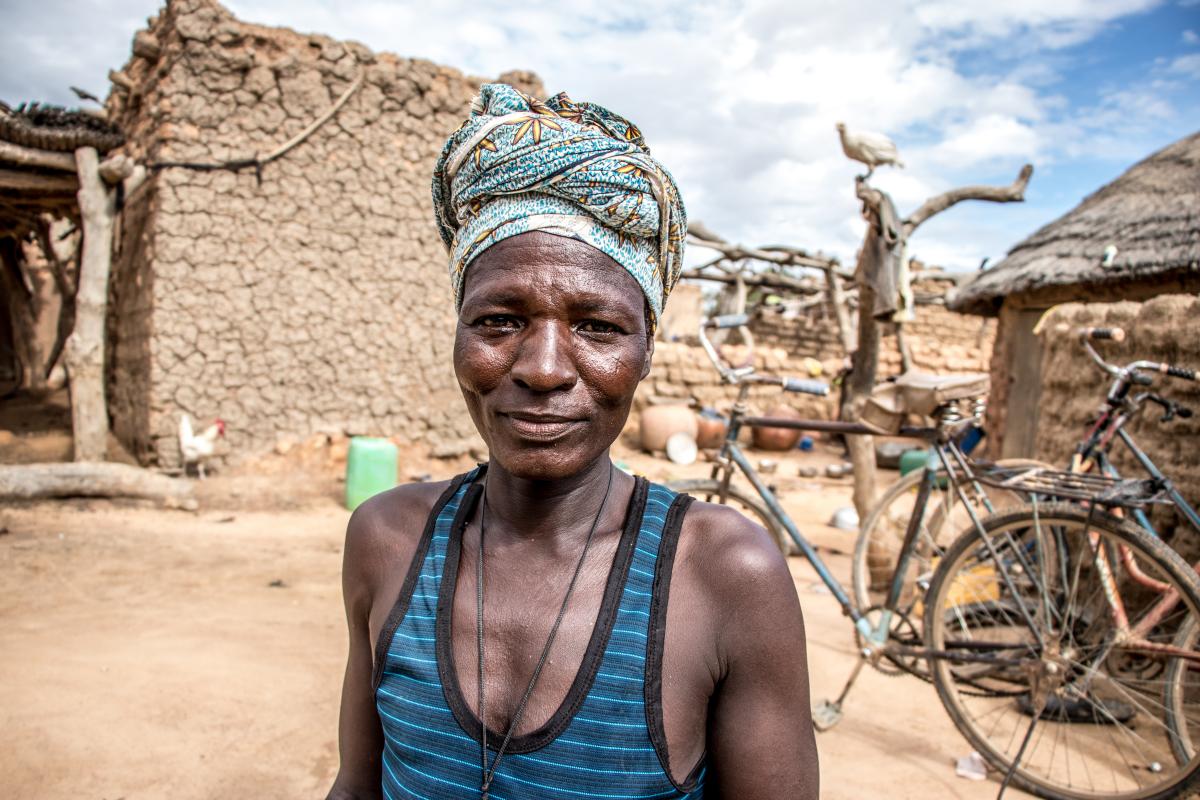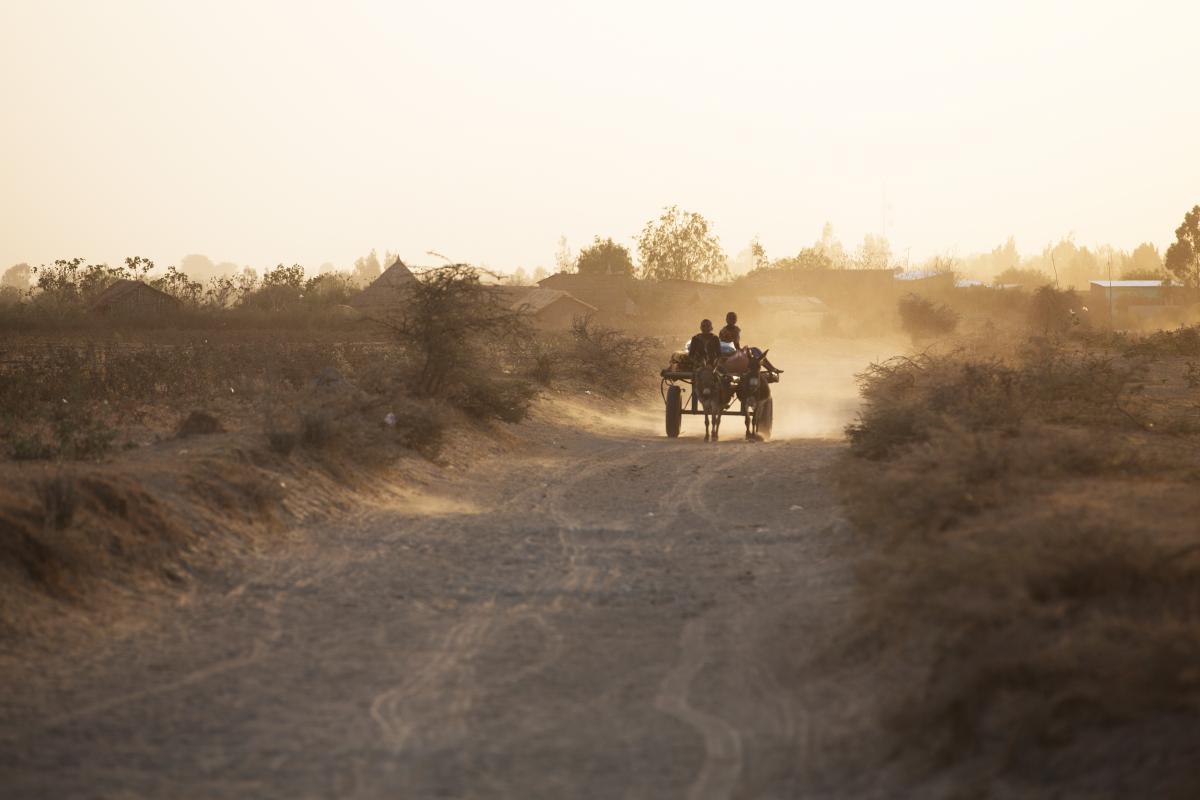Concerted efforts to strenghten humanitarian - development collaboration, including throught the New Way of Working, are underway in a number of countries and contexts. The purpose of the below updates is to provide examples of where the New Way of Working is being operationalized, and to show the steps that have been taken in different contexts to reduce need, risk and vulnerability.

Since 2011, with the food and nutrition crisis and the worsening of the security conditions in Mali, Burkina Faso has been exposed to a complex set of crises.

Chad is one of the world's least developed countries. Persisting humanitarian crises are due to structural and conjectural causes.

While human development indicators have seen good progress, the absolute number and proportion of the population requiring social protection or humanitarian assistance is on an upward trend.

Mauritania is confronted by a wide range of chronic vulnerabilities. Due to its food deficit, the country must import 70% percent of its food.

Over the past two years the policy dialogue on the New Way of Working (NWOW) has gained a solid ground, with both the Federal Government of Nigeria (FGN) and humanitarian and development actors.

Devastating protracted dry spells over the last 25 years, unprecedented drought spanning the last four rainy seasons and ongoing conflict have severely aggravated vulnerability in Somalia, and humanitarian needs continue to rise.

